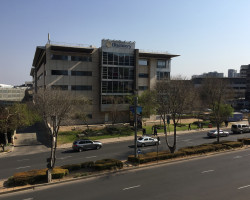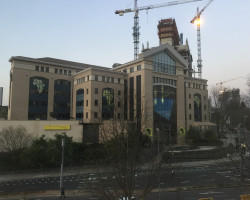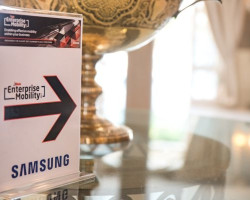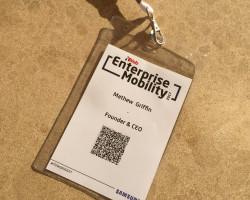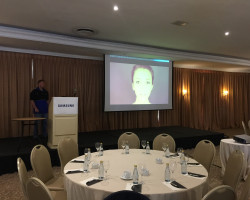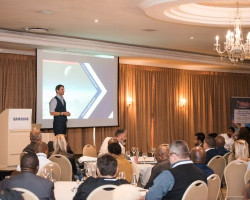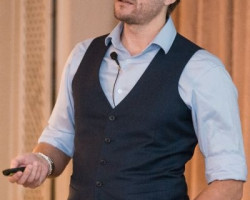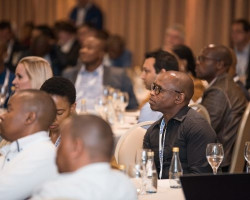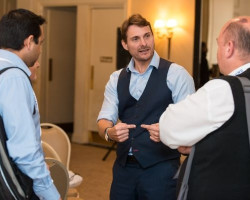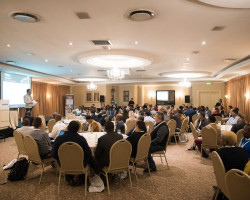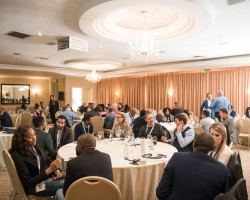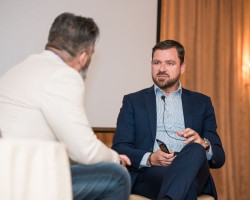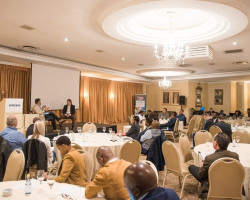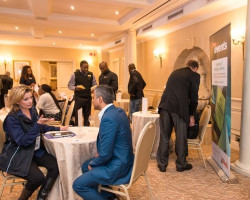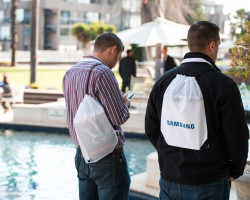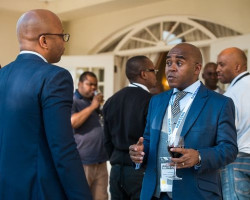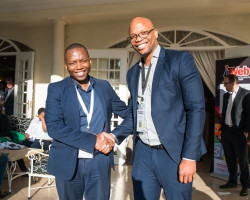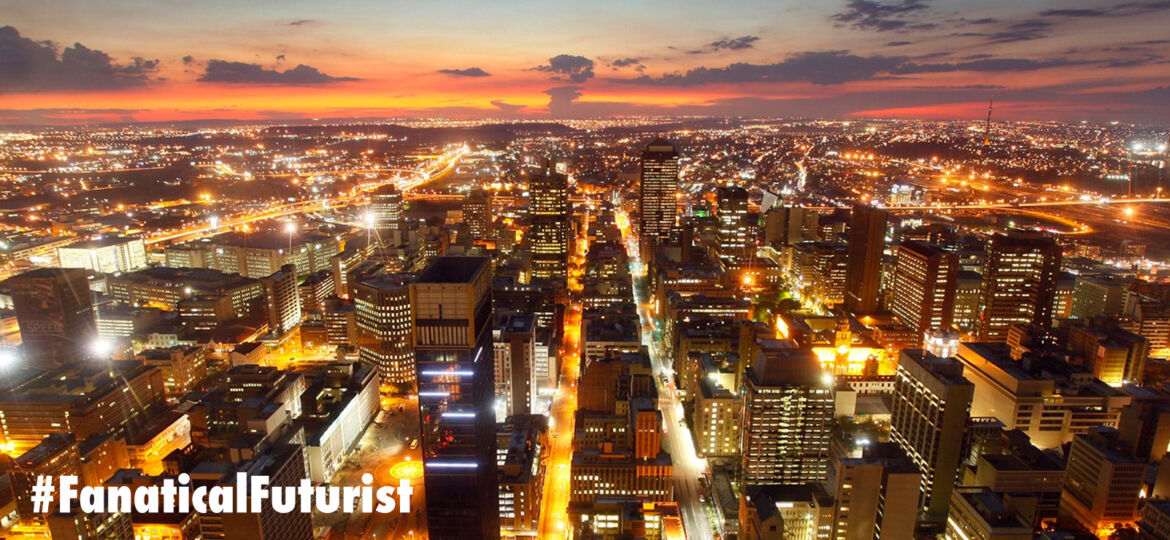
WHY THIS MATTERS IN BRIEF
Many experts say that creative machines are still decades away, and that machines that can innovate and iterate are even further away, but during this presentation I show that they’re already emerging, writing music and creating mass market products.
It was with great excitement that I was asked to present on the “Future of Innovation” at this years’ annual ITWeb Enterprise Mobility Summit in Johannesburg, South Africa, and I’d like to extend my thanks to the organisers, and sponsors Samsung, who reached out to me and invited me to a beautifully presented event in a beautiful location at the Summer Palace on the outskirts of the city.
Having travelled to South Africa numerous times in the past there’s nothing like putting boots on the ground to remind you that this is a country whose people, despite its turbulent past, show so much promise and entrepreneurial spirit it puts many other countries to shame, and you can positively feel African pride pervade every corner of society, from the townships on the brink to the financial district at the heart.
Before the event kicked off the main thing that was on everyone’s mind was the traffic in Jo’berg which, apparently, has gotten a lot worse since I was here last but as the sun beat down on the venue, and as the organisers and AV experts got into their strides, eventually everyone started to take their seats.
Browse the Gallery
The summit had been organised as the result of customer demand, and even though only 30 percent of the African continent is connected it’s clear here that, in many cases, Africa is going to skip many of the intermediary computing technologies that we adopted in the west and dive head long into mobile and cloud instead – even if the questions of how and why, in some cases, have still yet to be satisfactorily answered by the companies like AWS, HP, IBM and Microsoft who seem to remain as popular as ever in this part of the world.
During my keynote, which I’d titled “The Future of InnovAItion,” can you guess why… I wanted to show the audience something new and challenge their perceptions of innovation as a process, and the role that technology has to play in it, so I kicked the presentation off with a three minute music video from Amper, a “creative” Artificial Intelligence (AI) who’s just finished making its first album called “I am AI,” and the audience, who didn’t know the song had been composed and compiled by an AI gave the “artist” 7.5 out of 10 – not bad for what’s basically a Generation 0.5 AI. Pop stars watch out.
Next, we took a jaunt through some of the recent innovations, such as the creation of alien lifeforms, biological teleporters, deflector shields, storing data on photons, and tractor beams that all used to be science fiction until they because science fact earlier this year – all of which have innovation at their heart, and all of which prove, in their own ways, that humanity is, piece by piece doing the impossible.
Over the past year or so, as many of my readers will know, I’ve been writing more and more about the emergence of what we’ll call “Creative machines,” machines that whose algorithmic based creativity rather than the biological based creativity we’re used to, are increasingly being used by companies around the world to help them innovate, iterate and evolve products thousands of times faster and cheaper than ever before, and while none of them yet seem to be capable of primary innovation I’m certain that that will come in time. And it’s fair to say that soon we might see a new Gold Standard of innovation emerge.
During the forty five minute presentation I covered the rise of “Generative Design,” where AI’s run thousands of simulations each second to test and perfect new designs, and then combine the results with real time sensor data from working prototypes and modify them in flight – faster than any human could. In essence creating products that co-design themselves.
However, once the buzz and excitement of being shown the rise of a new class of machine wasn’t enough where else could we go but lift the lid on the rise of self-evolving robots, again, machines that in this case were being designed, innovated and evolved by another form of AI, then 3D Printed and assembled by humans – 3D Printing might I add that one day will be replaced by 4D Printing where the AI could design a robot, print it and watch as it, literally, walked out of the printer. It sounds like sci-fi I know, but we’ve already done it and proved it can work over at MIT.
Who says the future’s dull?
Now, as ironic as it might seem, or fortuitous perhaps, I’m writing this article sitting at gate A16-17 at O. R. Tambo International Airport watching passengers bags being loaded into an Emirates Airbus A380-800 which, whether people know it or not, is itself a product of Generative Design, so, you see, the future isn’t as far away as you think – and in around half an hour’s time I’ll be travelling over 11,000 miles at 40,000ft at 550mph in the plane that AI helped build. And then in just under twenty years it could be electric and pilotless… but that’s another story.




